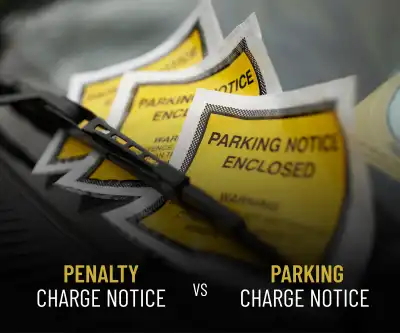
As soon as a car reaches three years old, an annual MOT becomes an essential part of owning and driving a car, ensuring your car is in a safe condition for the roads to protect you and other road users.
However, last year the government opened a consultation looking into extending the gap between MOT tests to two years, in a move that proved controversial.
Now, the government has announced it has shelved plans to increase this gap and is keeping the MOT test as it is now – every year.
The government had also originally planned to increase the length of time that a car needs for its first MOT to four years, but this idea has also been quashed following backlash.
Let’s answer some key questions relating
What is an MOT test and what does it check?
An MOT test is carried out by a registered garage, and is required annually for every car and van as soon as a vehicle reaches three years old. If a car is being driven without a valid MOT, it is illegal and could be dangerous. You can quickly check your MOT expiry date online, along with finding an MOT centre.
The MOT test checks over a range of components on your car, with the full list available here, though doesn’t cover the condition of the engine, clutch and gearbox, which is why regular servicing is important too. The MOT test has also been updated in more recent years to include stricter emissions tests.
Any faults will your car are categorised in three ways. The first two, dangerous and major, will mean your car fails its MOT and can’t be used on the road until corrected. Any advisories are then reported as minor.
Why did the government want to increase the number of years between MOT tests?
The government opened its consultation in January 2023 to extend the gap between MOT tests. It said it was doing so to ‘ensure MOTs remain fit for the future’. It cited increasing the gap as a way of helping save money, with an average MOT costing £40, which was said to save motorists ‘around £100m a year in MOT fees’.
It also gave reasoning that data shows ‘most new vehicles pass the first MOT test at three years’, while adding that other European countries such as France and Spain don’t carry out a road worthiness test until a vehicle is four years old.
Why has the decision been reversed?
Despite the government’s reasoning, the idea of extending the gap between MOT tests was strongly criticised. It received 4,400 responses in all, with the AA citing that 83 per cent of drivers in a poll supported keeping the annual MOT test the same. It also added that one in three cars fail their MOT.
The RAC’s head of policy Simon Williams said: “It’s great news the madcap idea of changing the MOT from every year to every two has finally been consigned to the bin.
“This would have seriously compromised road safety and ended up costing drivers more money rather than less as it was supposed to do, due to dangerous issues going undetected and getting progressively worse. This is why the idea was so widely unpopular with the motoring public in our research.”
Other feedback from the consultation raised issues such as that increasing the gap between MOT tests could increase the likelihood of a car having its mileage reversed, known as clocking, along with MOT stations missing out on revenue. The AA also said that an annual MOT can save motorists ‘between £200 and £400’ by picking up faults earlier and avoiding bigger bills down the line.
How else can the MOT test be modernised?
While the government has scrapped the idea of increasing the time between MOT tests, it says it will continue investigating changes that can be made to ‘ensure MOTs are fit for the future’.
Ideas it has given include better monitoring of the emissions of diesel emissions, which could increase further testing. It’s also working on changes that could be made to assess more of the latest technology in modern cars, as well as looking more closely at EVs, which will grow significantly in numbers over the coming years.




